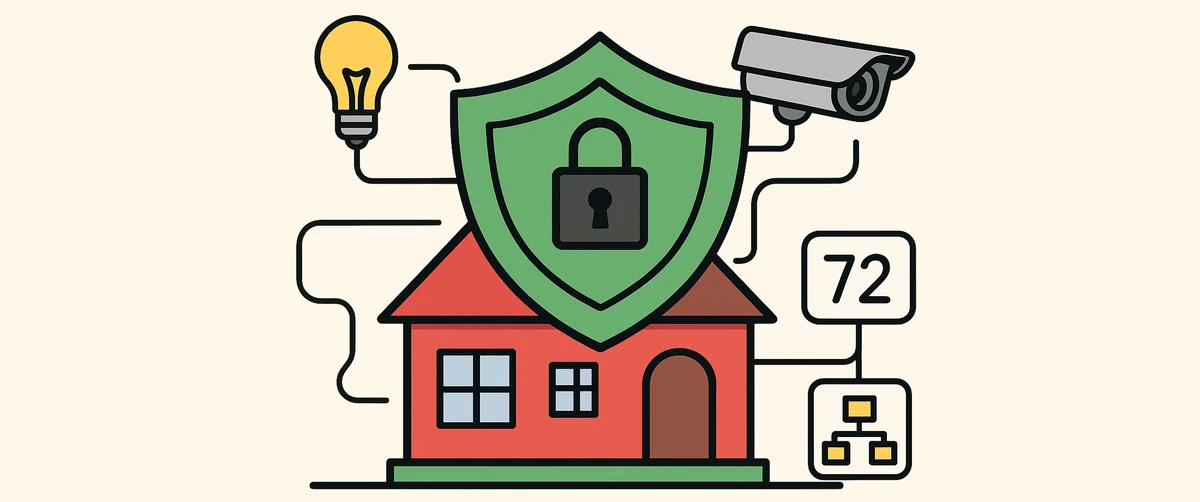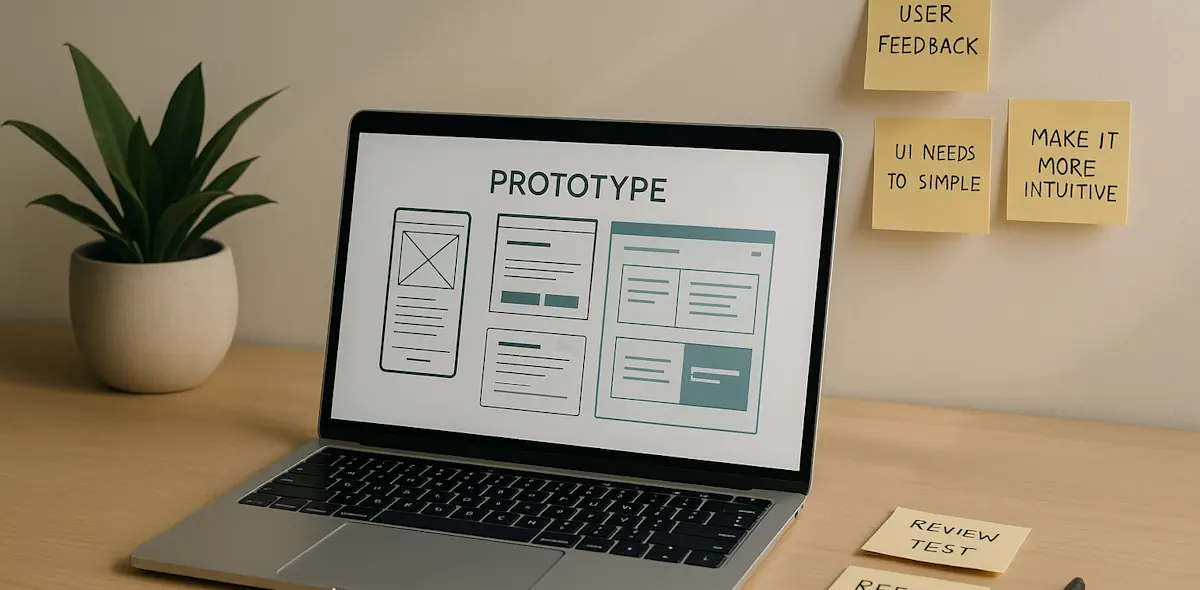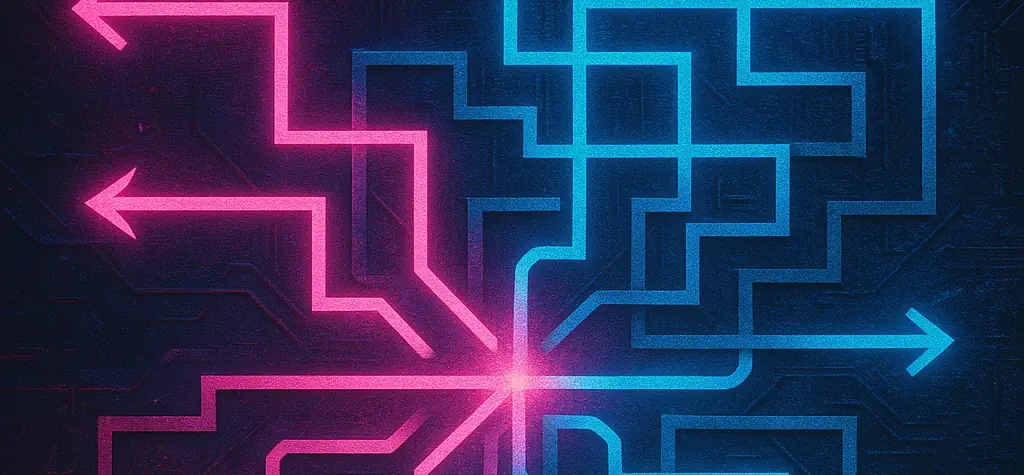I Still Believe In Smart[er] Homes
A perspective on balancing security risks with the transformative potential for human independence and dignity.

I’ve been fascinated by home automation since the late 90s, back when X10 devices used your electrical outlets to communicate.
Rolling home automation out to those with unique needs was an aspect of my consulting company at the time and watching a customer’s face light up when opening blinds became effortless rather than a daily struggle — that moment convinced me that smart home technology represents something profound about human enablement.
I’m also deeply aware of security risks, and for good reason. The research keeps confirming what many of us suspected: 80% of IoT devices remain vulnerable to traditional attacks, while recent studies show that 22 of 24 smart home devices contain critical security flaws. Yet here’s why I remain committed to this space — these same technologies show 85%+ user satisfaction rates for people aging in place and provide documented life-saving capabilities.
The question isn’t whether to embrace smart home technology, but how to implement comprehensive risk mitigation while preserving transformative benefits.
From simple automation to complex attack surfaces
The journey from X10’s powerline communication to today’s connected ecosystems reveals a consistent pattern: convenience first, security later. Those early X10 modules transmitted completely unencrypted signals that could control your neighbor’s lights as easily as your own. The smart home concept evolved through Radio Shack catalogs and Sears installations, but security remained an afterthought.
The real wake-up call came in 2016 with the Mirai botnet attack. Using just 64 common username/password combinations, attackers compromised over 600,000 devices and launched 1 Tbps DDoS attacks that brought down Twitter, Netflix, and GitHub. That attack demonstrated that poor IoT security threatens entire internet infrastructure, not just individual homes.
Smart Home Security Evolution Timeline
No encryption, simple protocols
Basic encryption, convenience focus
600K devices, 1 Tbps attacks
Advanced security, ongoing vulnerabilities
Yet here we are in 2025, and the fundamentals haven’t changed enough.
Traditional threats that demand serious attention
As someone who’s architected systems and now leads product strategy, I see smart home vulnerabilities through the lens of both technical implementation and human impact. The traditional threats fall into predictable categories, but their real-world consequences have become more sophisticated.
Network infiltration remains embarrassingly simple. Lateral movement attacks now take under two hours from initial compromise to full network control. Smart home devices serve as the front door — once inside, attackers move to laptops, phones, and anything else connected to your network.
Default credentials continue plaguing the ecosystem. Recent analysis shows 72% of HTTP DDoS attacks originate from known IoT botnets, with attackers simply cycling through manufacturer default passwords. The record-breaking 4.6 Tbps attack in October 2024 used 13,000+ compromised IoT devices — most still running factory settings.
Current Threat Landscape by the Numbers
Your devices can be weaponized against you. This hits differently when you understand the human context. Ring employees accessed recordings from 55,000+ customers, including intimate moments in bedrooms and bathrooms. Thermostats get disabled during extreme weather, locks are manipulated for harassment, and cameras provide stalkers with detailed home layouts.
Physical security gaps expand the attack surface. Most people don’t realize that many smart locks can be bypassed with simple electromagnetic pulse devices, or that voice assistants can be controlled by lasers aimed at windows from hundreds of feet away. These aren’t theoretical attacks — they’re documented in academic research and demonstrated at security conferences.
Why risk mitigation beats technology avoidance
Despite these legitimate concerns, I remain committed to smart home technology because the human benefits are transformative and often life-saving. As a full-time caregiver for a 90-year-old parent with dementia, I can’t be everywhere all the time. Fall detection systems, monitoring capabilities, and automated alerts augment my ability to provide care while maintaining my parent’s dignity and independence.
Systematic reviews of 163 peer-reviewed studies demonstrate statistically significant quality of life improvements for aging in place, while fall detection systems achieve 95% accuracy using WiFi signal analysis alone. Smart homes enable independence for millions who would otherwise require institutional care.
Smart Home Benefits for Aging in Place
“The most important thing is to maintain the person’s independence and quality of life while ensuring their safety and security.”
— Dr. Sarah Harper, Oxford Institute of Population Ageing
Having spent years coaching leaders through complex technology decisions, I’ve learned that the question isn’t whether to adopt potentially risky technology — it’s how to manage risks while preserving benefits. My approach balances awareness with pragmatism: assume every device is compromised, design networks accordingly, but don’t let security concerns prevent life-changing enablement.
Practical security that actually works
Based on years of implementing security frameworks in complex environments, here’s what I’ve found that actually works for smart home protection:
Network segmentation is non-negotiable. Create separate VLANs for IoT devices, guest access, and personal devices. Configure firewall rules that prevent cross-network communication. Most attacks fail at this step because compromised IoT devices can’t reach valuable targets.
Device selection criteria matter more than brand loyalty. Look for devices with strong security track records, demand minimum 5-year software support guarantees, and prioritize devices with local processing capabilities. AES-256 encryption should be table stakes, not a premium feature. The U.S. Cyber Trust Mark program will help identify secure devices when it fully launches.
Maintenance routines prevent most attacks. Monthly password updates, quarterly security assessments, and immediate firmware updates address 90%+ of known vulnerabilities. The most critical practice? Regular firmware updates — they’re the single most effective defense against documented exploits.
Advanced protection for enthusiasts. Hardware-enhanced multi-factor authentication provides 99.9% reduction in successful attacks when properly implemented. AI-powered network monitoring catches anomalous behavior before it becomes a breach. Quantum-resistant encryption using NIST-approved algorithms future-proofs your investment.
The technologies that give me hope
The security landscape isn’t static. Several emerging technologies address traditional vulnerabilities while preserving the human benefits that make smart homes worthwhile.
Zero-trust architecture for homes treats every device as potentially compromised, requiring continuous verification rather than assuming network-level trust. This approach contains breaches to individual devices while enabling legitimate automation workflows.
Blockchain-based device identity management eliminates central points of failure in authentication systems. While the computational overhead once made this impractical, new lightweight consensus mechanisms specifically designed for IoT environments are reaching production viability.
Edge AI for behavioral analysis catches attacks that traditional signature-based systems miss. Modern implementations run entirely on local hardware, avoiding privacy concerns while providing real-time threat detection.
Security that enables, not restricts
The evidence overwhelmingly supports sophisticated risk management over technology avoidance. Smart home devices contain vulnerabilities, and attackers actively exploit these weaknesses. But the human benefits justify comprehensive security approaches rather than abandoning transformative technology.
Voice-controlled environments support people with mobility limitations. Automated medication reminders prevent life-threatening missed doses. Emergency detection systems save lives through rapid response. These aren’t luxury conveniences — they’re fundamental tools for human independence and dignity.
The choice isn’t between security and convenience — it’s between thoughtful risk mitigation and technological avoidance that abandons people who need these systems most. As smart home technology continues evolving, our security approaches must match that sophistication while preserving the human enablement that makes this technology worth securing.
What smart home capability has most improved quality of life in your household? The answer often reveals why security challenges are worth solving rather than avoiding.








